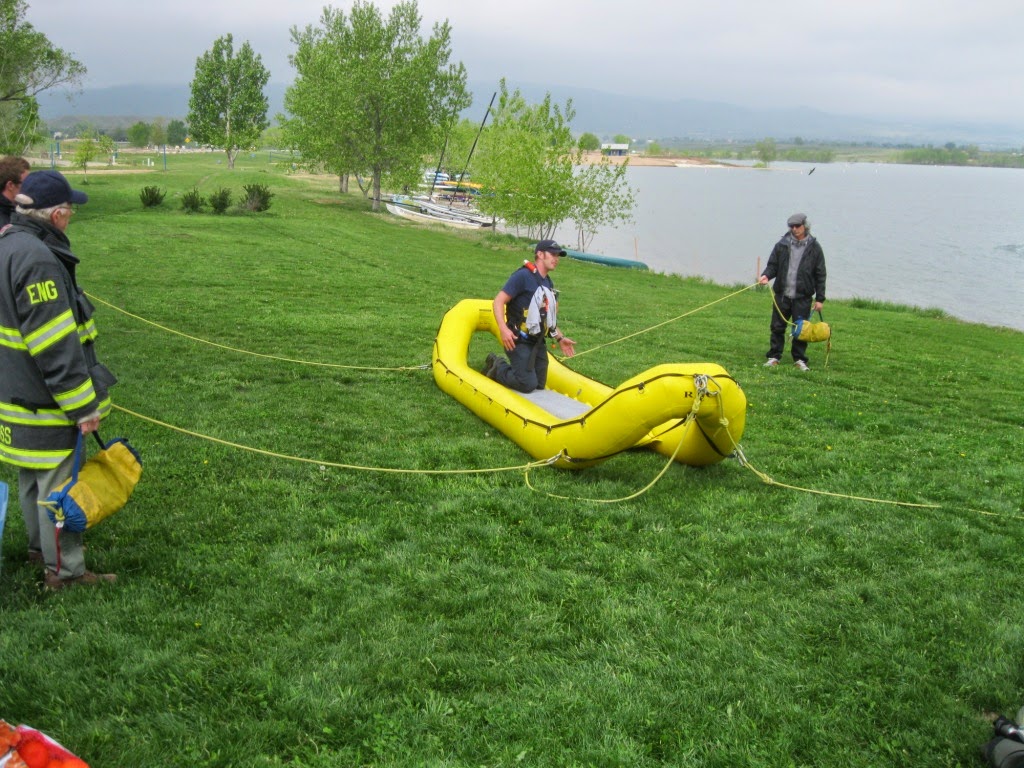At a recent meeting of the Rocky Mountain Chapter of Mystery Writers of America, fellow writer Robin Searle told me about a book titled English Through the Ages, which records when specific words came into common usage. This is a wonderful source book and should be in the library of anyone who writes historical novels.
I looked up a few words that I found interesting. Given our world of social media, I checked on the word twitter. It originated as a verb in 1375 and as a noun in 1680. Author first appeared in 1350 and writer’s block was in use by 1950.
As a mystery writer, I checked on a few other words: Murder-725, mystery (in literature)-1910, snitch-1785, hoosegow-1865, stir-1855, copper-1850, cop-1860, hoodlum-1880.
And, of course, since I write geezer-lit mysteries I had to check on the first use of geezer, which goes back to 1885.










